Southbourne Tennis Club
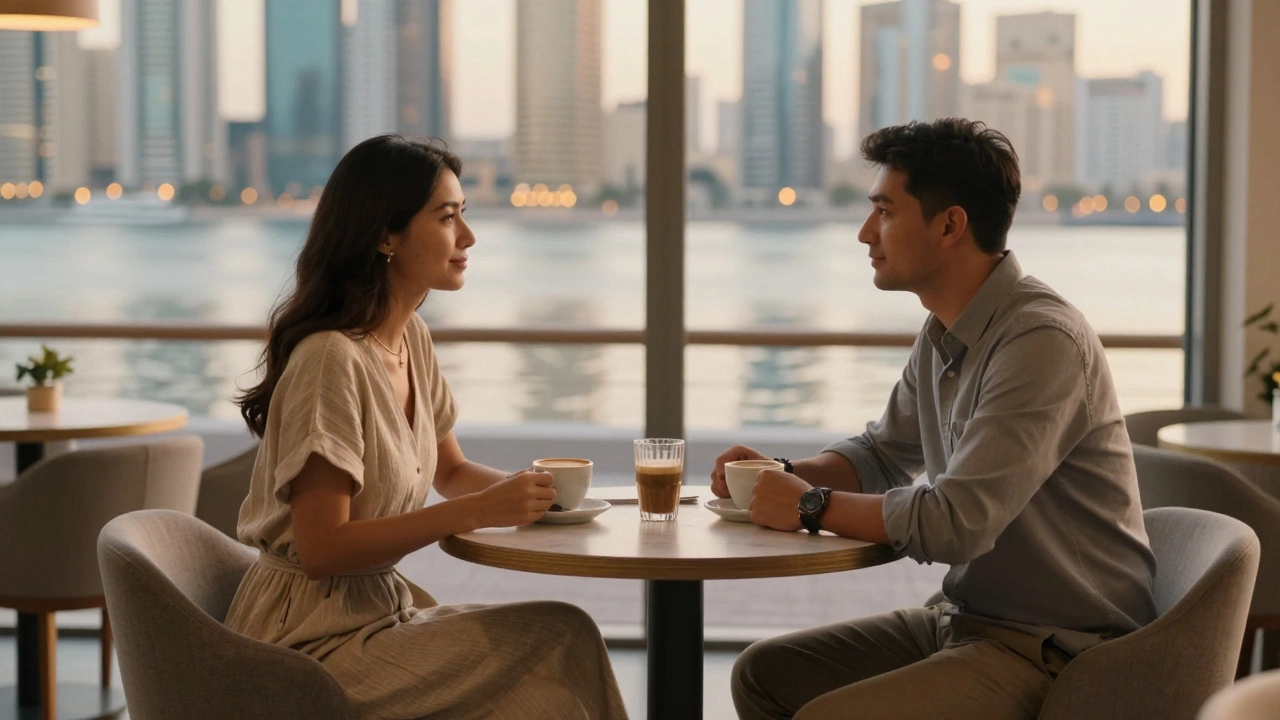 5 December 2025
5 December 2025
Escort Dubai - How Classified Ads Help You Find Reliable Companions
Classified ads are a practical way to find reliable companions in Dubai. Learn how to spot trustworthy listings, avoid scams, and connect safely with providers offering discreet, respectful experiences.
 5 December 2025
5 December 2025
How to Become a Premium Member: Step-by-Step Guide for Exclusive Access
Learn how to become a premium member with confidence. Understand what you're really paying for, avoid hidden traps, and choose the right tier for your needs. No fluff, just clear steps.
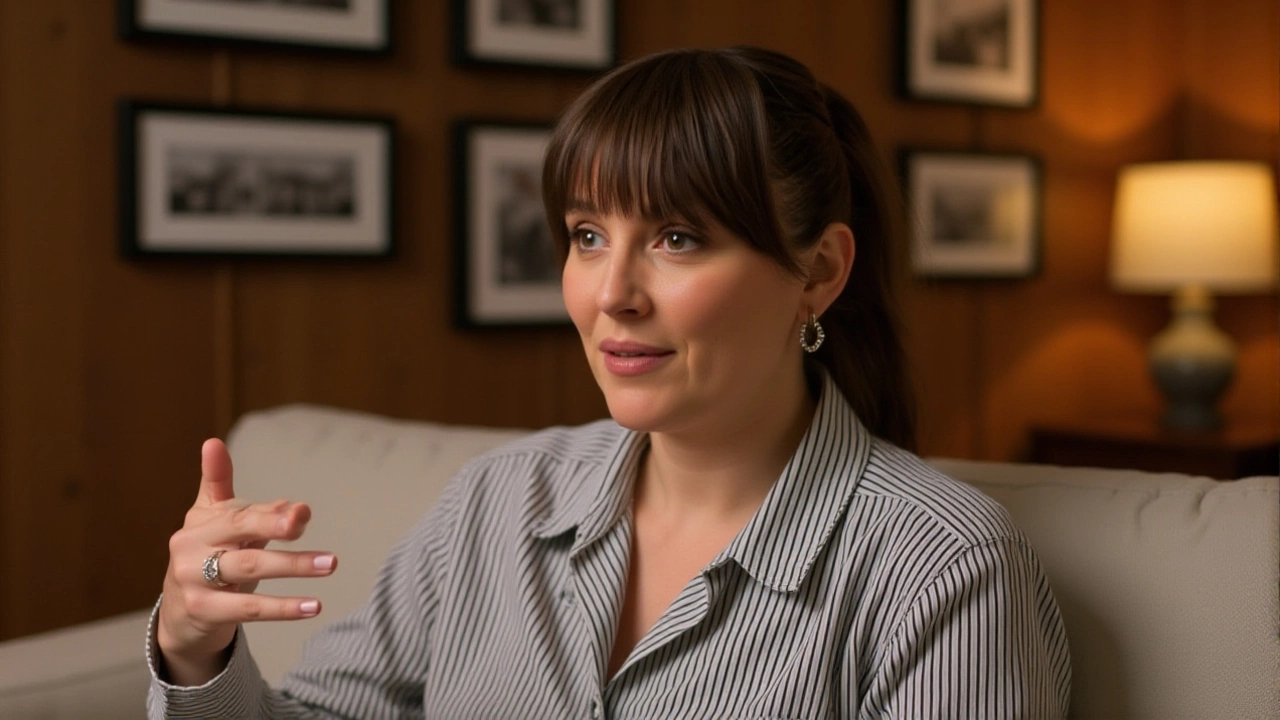 28 November 2025
28 November 2025
Ella Morgan breaks silence on MAFS UK romance with JJ Slater and reality TV drama
Ella Morgan, the first transgender bride on MAFS UK, breaks her silence on her affair with JJ Slater, criticizes reality TV editing, and reveals her current crushes on Season 10 grooms—Stephen Nolson and Ash Dommett.
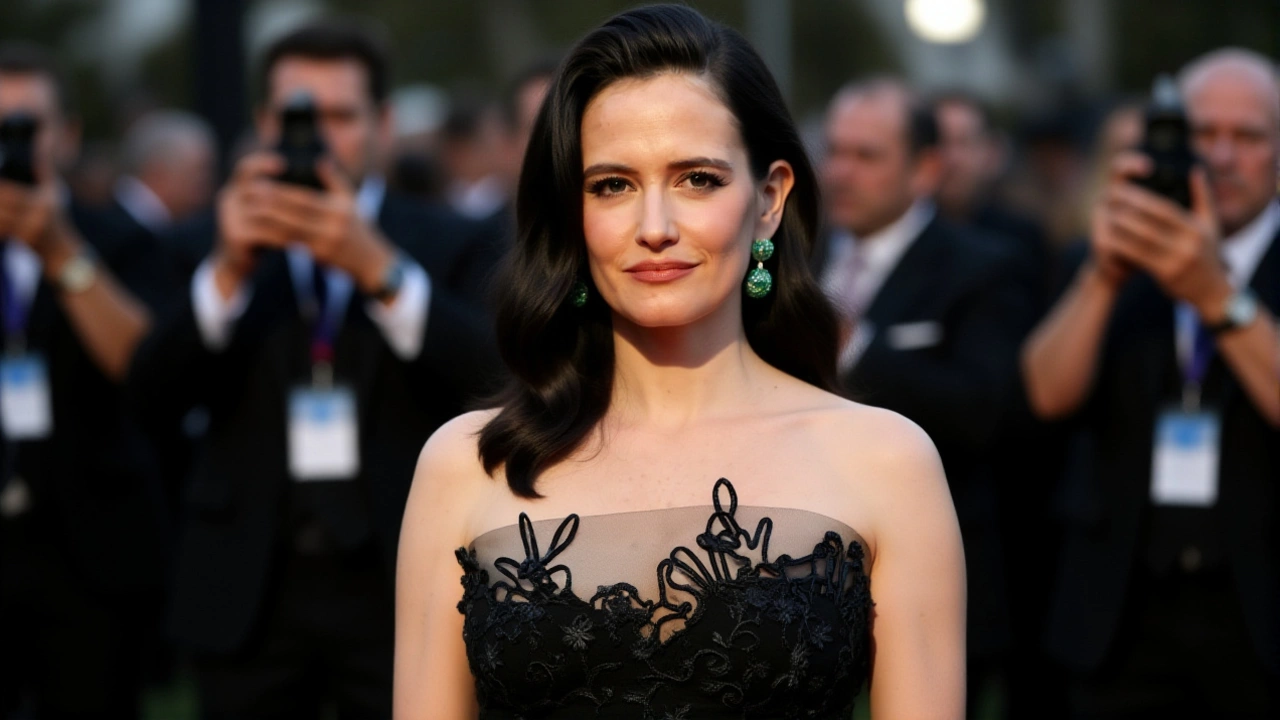 26 November 2025
26 November 2025
No Proof Eva Green Cast as Aunt Ophelia in Netflix's 'Wednesday' Season 2
No credible sources confirm Eva Green as Aunt Ophelia in Netflix's 'Wednesday' Season 2. Despite rumors, Netflix, MGM, and trade publications show zero evidence — and the character doesn't exist in canon.
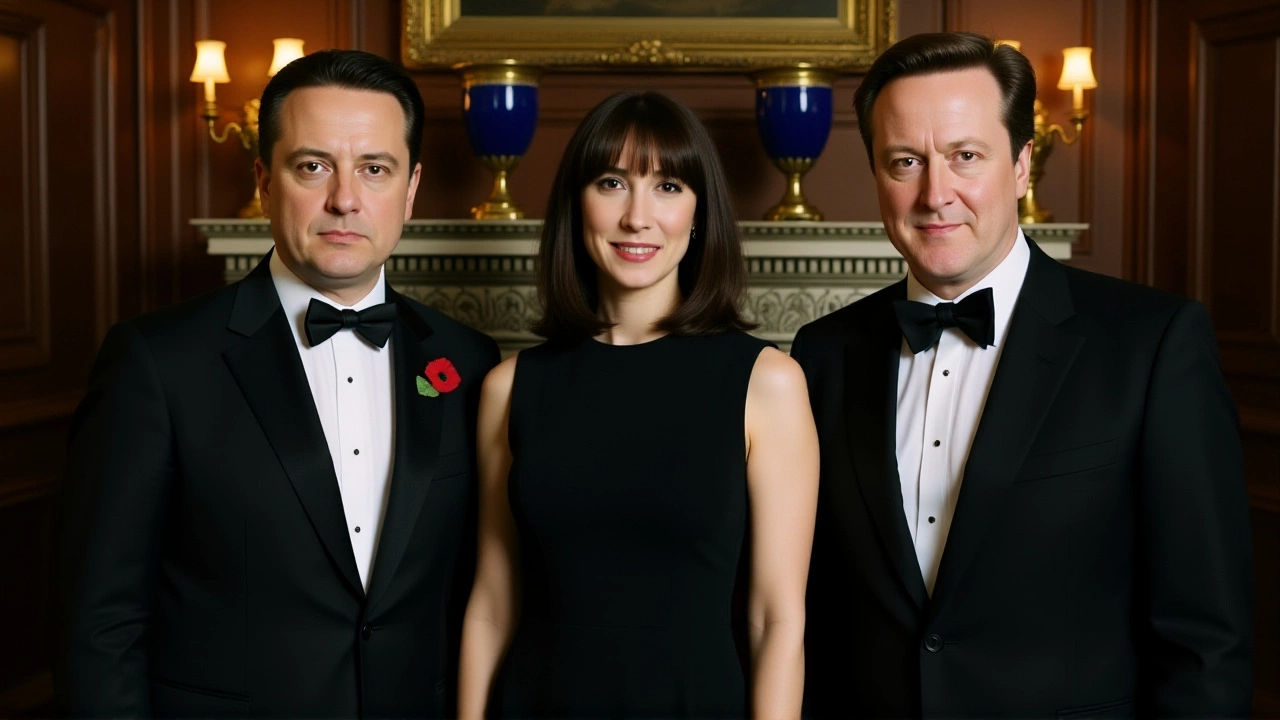 24 November 2025
24 November 2025
Duncan Smith slams Cameron and Osborne's 'massive mistake' in China policy during 'Golden Era'
Sir Iain Duncan Smith has condemned David Cameron and George Osborne's 'Golden Era' China policy as a 'massive mistake,' citing Huawei's £1.5B investment and Xi Jinping's 2015 state visit as symbols of dangerous naivety amid rising security concerns.
 21 November 2025
21 November 2025
D4vd Cleared in False Death Investigation Rumor Amid Surge of Celebrity Hoaxes
D4vd (David Anthony Burke) is cleared of false death investigation claims, as LAPD, medical examiners, and fact-checkers confirm no evidence exists. Sony Music and the FTC trace the hoax to coordinated fake accounts targeting artists.
 24 October 2025
24 October 2025
Tess Daly to Leave Strictly After 21 Seasons, Winkleman Takes Lead
Tess Daly exits Strictly after 21 seasons, with Claudia Winkleman set to host solo; budget cuts and format tweaks shape the show's future.
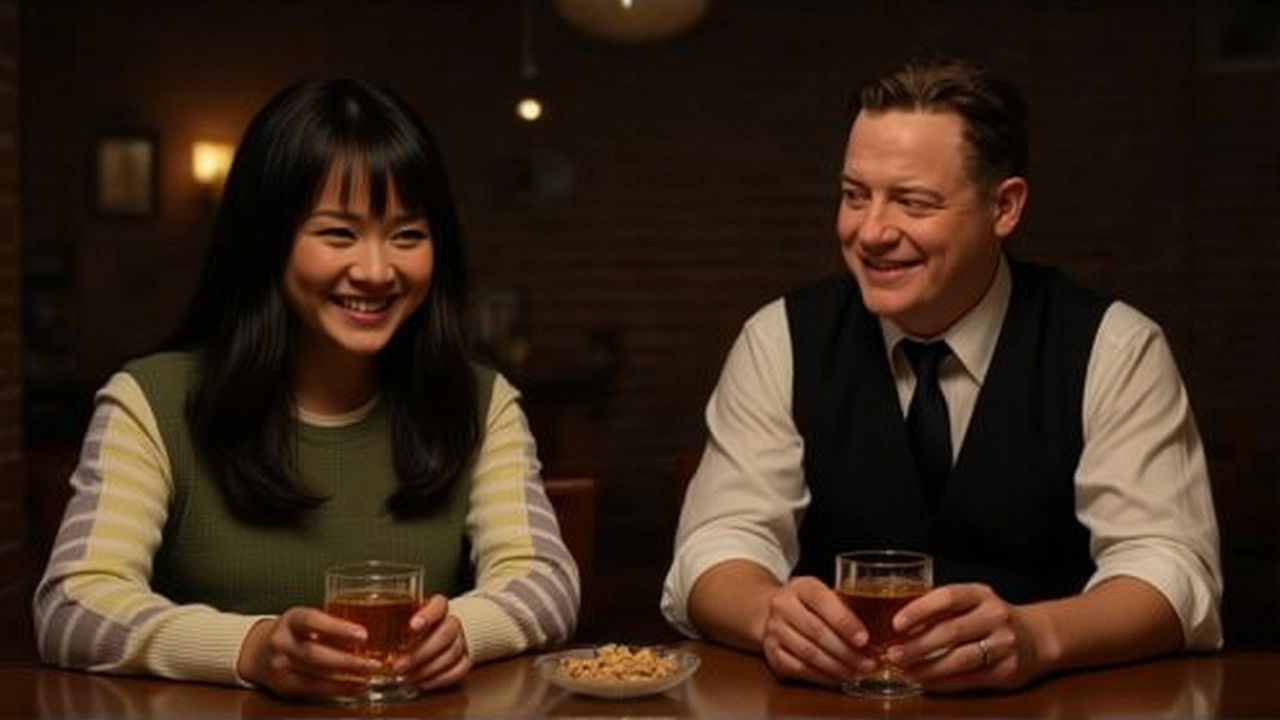 17 October 2025
17 October 2025
Brendan Fraser Leads ‘Rental Family’ at TIFF, Hits U.S. Theaters Nov 21
Brendan Fraser leads the TIFF‑premiered comedy‑drama 'Rental Family', exploring Japan's rental‑family industry and human connection ahead of its U.S. release on Nov 21, 2025.
 10 October 2025
10 October 2025
Fortnitemares 2025 Launches with Epic Games’ New Halloween Trailer
Epic Games launches Fortnitemares 2025 with a new Halloween trailer, Mortal Kombat crossover, and a $287 M revenue boost from last year.
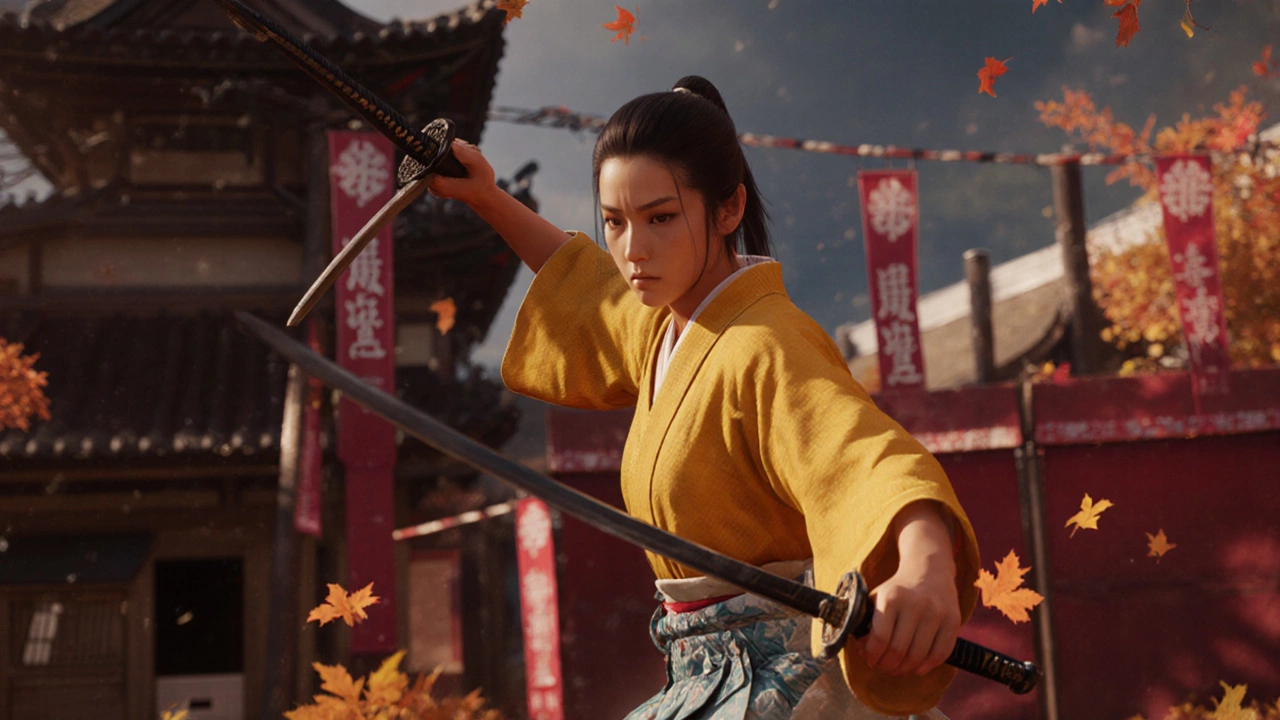 26 September 2025
26 September 2025
Ghost of Yōtei Steals the Show at September 2025 State of Play
PlayStation's September 2025 State of Play was dominated by the first gameplay look at Ghost of Yōtei, the sequel to Ghost of Tsushima. Developed by Sucker Punch, the action‑adventure title showcases new combat, a fresh protagonist, and full PS5 hardware support. Launching exclusively on PS5 on Oct. 2, it aims to be a flagship fall exclusive. The reveal sparked massive online buzz, eclipsing other announcements at the event.

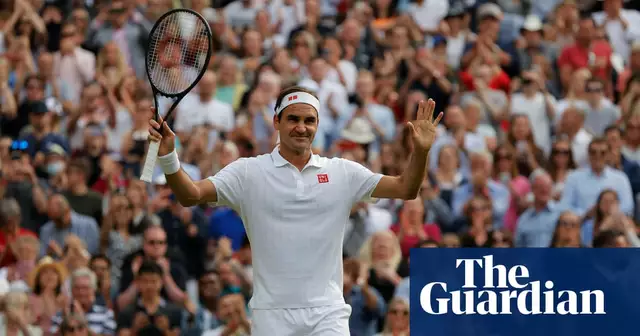
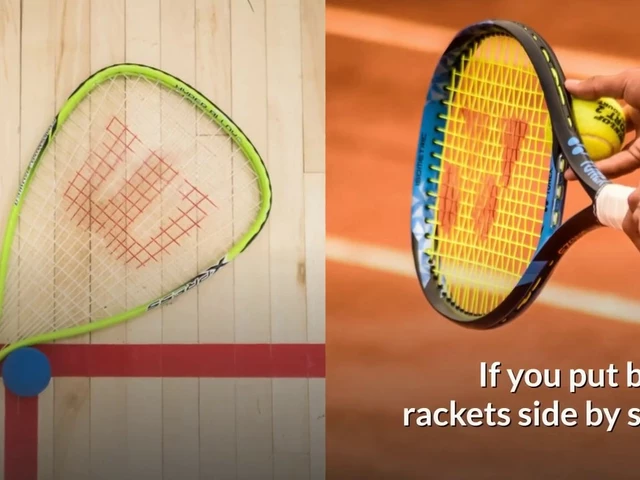
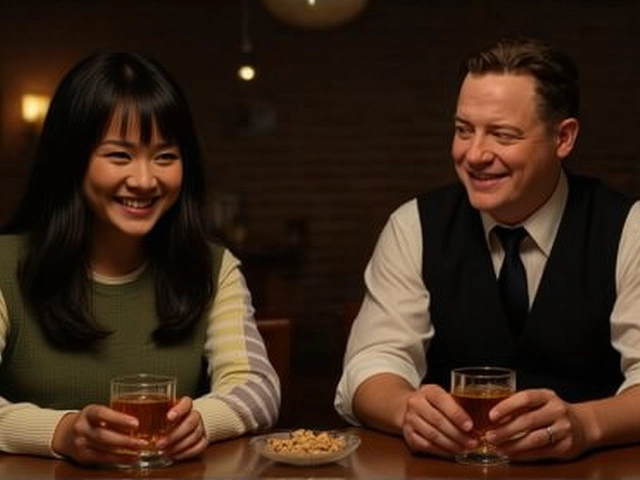
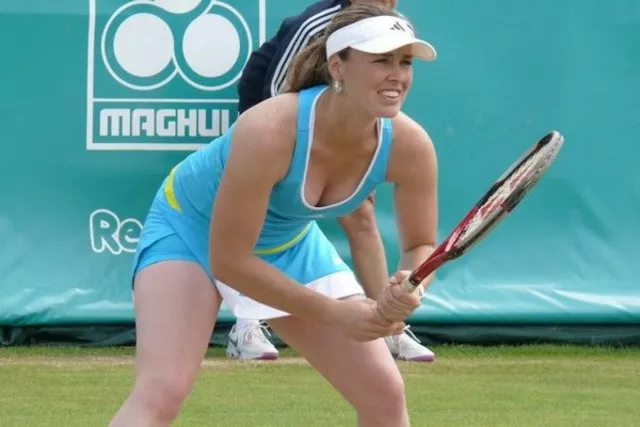
0